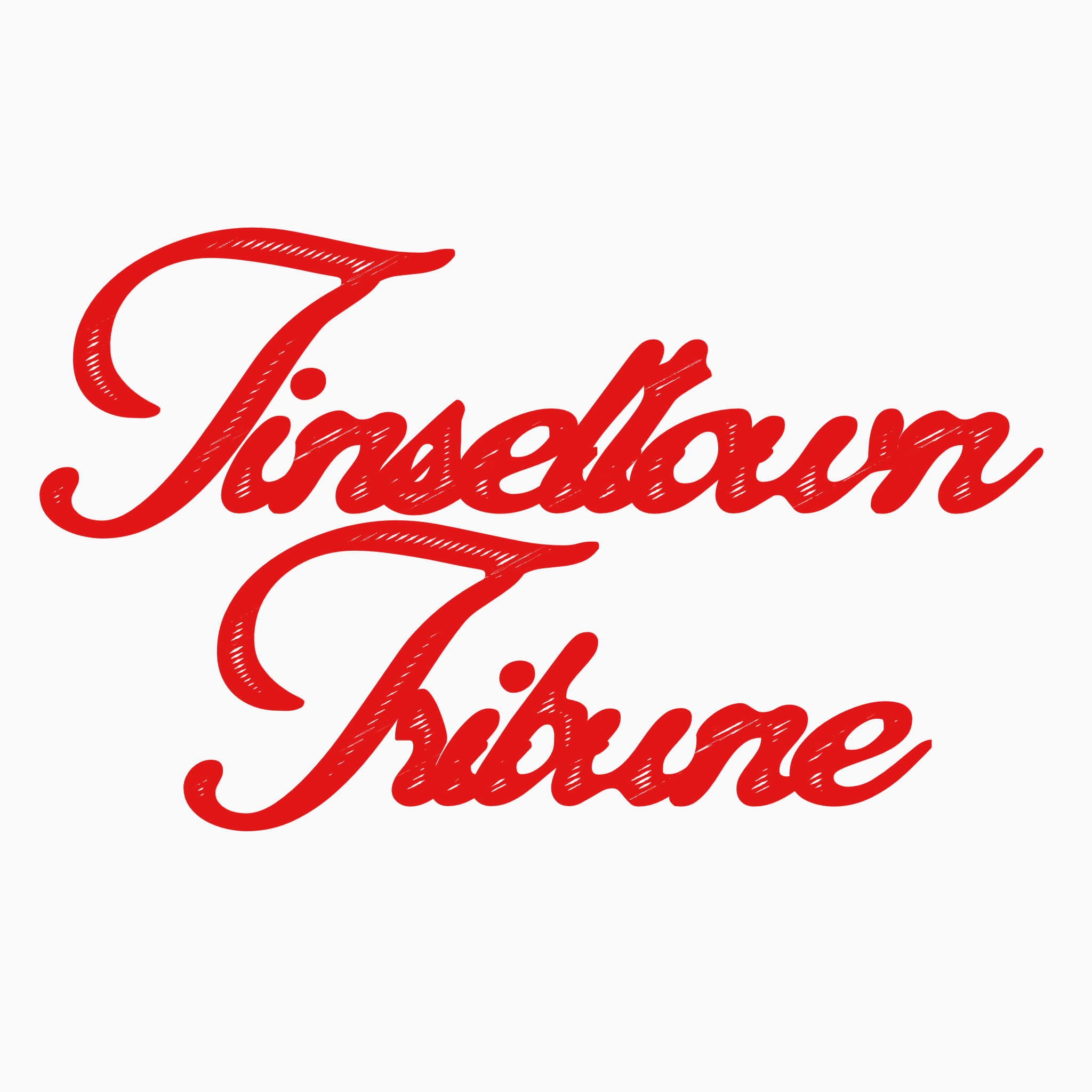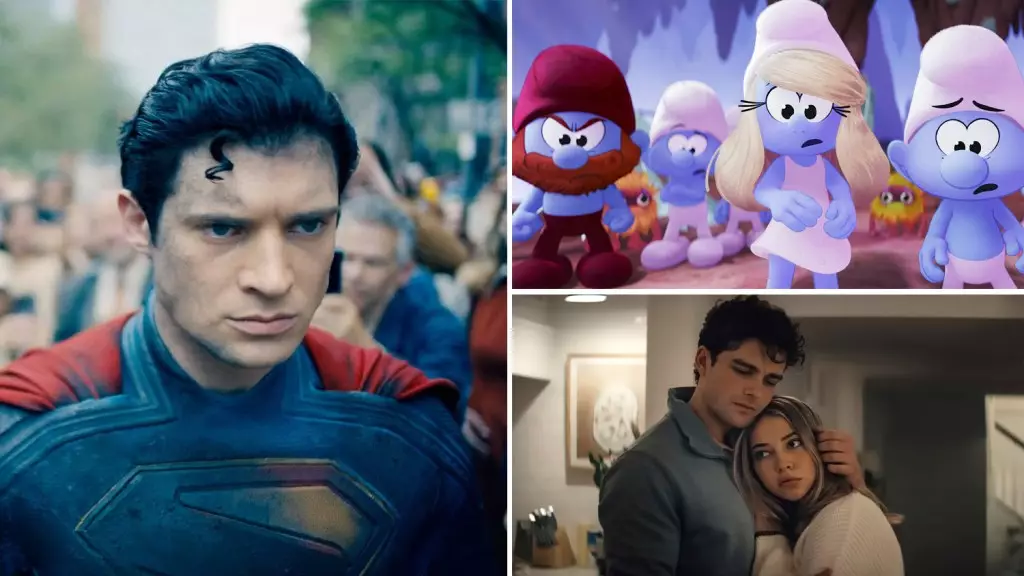In an era where blockbuster excitement often defines the box office landscape, this weekend presents a tempered yet promising picture. The low-spending, moderate-flux environment underscores the enduring strength of established franchises and nostalgic properties. Warner Bros and DC’s Superman reboot leads the charge, but its second-weekend decline signals a cautious optimism rather than unbridled success. The film is projected to gross around $55 million, a significant drop of approximately 70% from its opening, yet it still maintains a sturdy position in theaters. Such a decline suggests audiences are returning but not with the fervor seen in earlier franchise launches. The movie’s worldwide haul approaching $400 million indicates that, despite slowing domestic numbers, the film is resonating globally, which might suggest a shift toward international markets becoming the primary revenue source for Hollywood blockbusters.
This pattern reflects a broader industry trend: blockbuster films, especially those grounded in familiar IP, are increasingly reliant on global markets. The domestic decline does not necessarily signify waning interest but rather a saturation point or a shift in audience engagement. Conversely, films like Matt Reeves’ “The Batman” and James Gunn’s “Guardians of the Galaxy Vol. 3” demonstrate resilience, with weekend drops around 50-56%, maintaining impressive totals and reaffirming that well-loved characters and franchises continue to draw audiences even in crowded release windows.
Franchise Longevity and Nostalgia as Strategic Pillars
Universal’s “Jurassic World: Rebirth” stands strong, entering its third weekend with over $21 million and demonstrating that audiences remain captivated by familiar worlds. Its current total nearing $274 million cements its status as a major box office player, even as newer entries struggle to sustain initial momentum. The franchise’s ability to maintain relevance speaks to the enduring power of nostalgia and established brand equity. Universal’s leveraging of these properties ensures that even when fresh content struggles for wild enthusiasm, dependable franchises provide a financial backbone.
Meanwhile, the modest performance of newer or less established titles like “I Know What You Did Last Summer” signals the challenges studios face when relying solely on nostalgia without the backing of a well-timed marketing campaign or a strong cultural footprint. With forecasts pegging its opening around $13-$15 million, it’s evident that horror remakes and reboots still hold some allure, but their success hinges heavily on execution and reception. The fact that the original “I Know What You Did Last Summer” from 1997 opened to nearly $16 million and ended its run with over $72 million reminds industry insiders of the residual power of this franchise, yet the modern iteration struggles to surpass expectations.
International Markets and Genre Preferences as Key Drivers
The international box office continues to be a crucial aspect of Hollywood’s financial calculus. “Superman” and “Jurassic World” illustrate how global audiences embrace familiar IP, often surpassing domestic performance and extending the lifespan of major releases. The international demand for superhero and dinosaur franchises underscores a shared cultural affinity that studios capitalize on through merchandise and licensing deals. Companies like ViacomCBS are actively managing merchandise rights, knowing that revenue streams extend well beyond theater ticket sales.
Moreover, genre preferences remain consistent — horror, action, and nostalgia-driven stories tend to outperform others, particularly when they’re part of an established franchise or are associated with beloved characters. The steady performance of “Eddington,” albeit lower, continues to show that high-budget indie-style films with niche appeal can find their audience, especially with the right marketing, but rarely challenge the overwhelming dominance of franchise titles.
Critical Reception and Audience Divergence
While commercial performance is a primary indicator of success, critical reception and audience perception also play a pivotal role. The new “I Know What You Did Last Summer” is seen as a critical disappointment with a Rotten Tomatoes score of only 38%, yet the audience score is relatively higher at 69%. This divergence hints at a core cult audience that appreciates the franchise’s nostalgic value despite lukewarm critical reviews. It demonstrates that for some movies, especially those within familiar horror or thriller franchises, audience loyalty can persist even when critical acclaim is absent.
Conversely, “Eddington,” directed by Ari Aster, boasts a promising 66% rating, signaling that quality and critical appreciation still matter when studios aim for longer-term franchise viability or cultural impact. The relationship between audience scores, critic reviews, and box office returns continues to be complex and often unpredictable, but this weekend offers a clear reminder that familiarity and nostalgia can sometimes outweigh critical consensus when it comes to drawing crowds.
The Underlying Power of Nostalgia and Franchise Loyalty
Overall, this weekend’s results reinforce a strategic truth in Hollywood: familiarity sells. Whether through superhero spectacles, dinosaur adventures, or horror reboots, studios recognize that audiences gravitate towards known entities and established worlds. The success of “Superman” globally and the sustained performance of “Jurassic World” prove that brands with decades of history can withstand the natural decline of their opening weekends. Furthermore, the moderate but steady returns by other titles suggest that these properties are not just fleeting entertainment but integral cornerstones of studio strategies to ensure financial stability.
Nostalgia-driven films, especially those resurrected with modern twists or added contemporary cast members, serve as reliable investments. They draw audiences across different age groups, generate merchandise revenue, and create merchandising ecosystems that extend well beyond the theater. The enduring appeal of such properties is also reflected in the international market, where the cultural gap diminishes in significance compared to the familiarity of the IP.
In a climate where original content often struggles to capture the same attention or financial returns, the power of franchise and nostalgia has never been more apparent. Studios seem to accept that deep-rooted brand loyalty and tried-and-true storytelling can deliver dependable profit margins, even if the overall growth rate is modest. This weekend, the box office’s nuanced performance exemplifies that the old adage holds true: in Hollywood, familiarity remains the most powerful currency.

